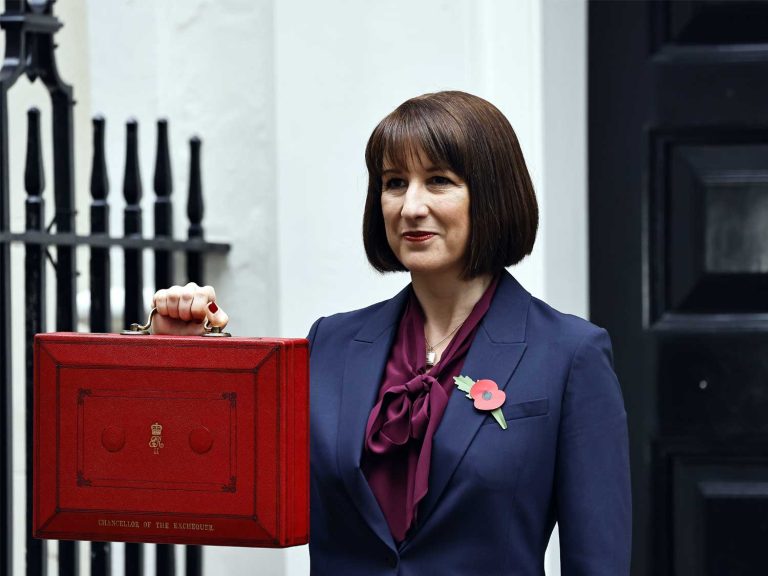
Date:
UK Budget 2025: Strategic Implications for Logistics, Supply Chain & Customs
The UK’s 2025 Budget introduces a mix of fiscal measures, infrastructure commitments, and regulatory changes that will reshape logistics, supply chain operations, and customs frameworks for years to come.
While significant investment in transport and energy infrastructure offers long-term opportunities, rising operational costs and new tax structures require immediate strategic responses.
Financial markets reacted positively to the Chancellor’s announcements, with sterling appreciating and borrowing costs easing.
Key Takeaways – What You Need to Know
1. Tax, Business Rates & Cost Pressures
Permanent Rate Cuts for High-Street Sectors: Over 750,000 retail, leisure, and hospitality properties benefit from permanently lower business rates, aimed at revitalising the high street.
Who Pays for It? Higher rates will apply to properties valued above £500,000—impacting large warehouses, distribution centres, and logistics facilities.
Frozen Tax Thresholds: Income tax and National Insurance thresholds remain frozen until 2031, creating a “stealth tax” effect as wages rise—raising payroll costs and potentially dampening consumer demand.
EV Mileage Tax (from 2028): Electric vehicles will incur a mileage-based tax, eroding cost advantages for EV fleets.
Dividend & Property Tax Changes: Increased taxes on dividends and property income may affect logistics firms with diversified portfolios.
Higher Minimum Wage: A 4.1% rise from April 2026 will significantly impact business throughout the supply chain.
2. Customs & Cross-Border eCommerce Reform
Duty on Low-Value Goods: From 2029, customs duty will apply to parcels of any value, ending the current exemption for goods under £135 aligning the UK with US and EU practices.
Operational Impact: Expect increased declarations, higher landed costs, and potential redistribution of fulfilment models (e.g., EU hubs, bonded warehousing).
Consultation on Low-Value Imports: A new consultation invites input on customs arrangements for low-value imports.
Border Infrastructure Rules: All border locations will be responsible for providing and funding their own customs infrastructure—bringing clarity and consistency.
Ministerial Flexibility: Updates to the Taxation (Cross-border Trade) Act 2018 will give ministers greater authority over setting import duty rates, though no immediate changes to current rates.
3. Infrastructure Investment
£120bn for Roads, Rail & Energy: Upgraded road networks and rail corridors will reduce congestion and improve delivery times. Energy infrastructure upgrades support electrification of fleets and warehouse operations.
Regional Development: Targeted investment in industrial hubs and ports could shift supply chain dynamics and create opportunities for regional distribution centres.
4. Green Transition Challenges
EV Adoption Headwinds: Mileage tax may slow electrification, but full expensing for plant and equipment provides relief for sustainable tech investments.
Energy Price Adjustments: An annual £150 reduction in household bills signals wider energy reforms that could moderate industrial energy volatility.
5. Workforce & Skills
Training & Apprenticeships: Expanded vocational programmes aim to ease labour shortages, but rising wages may accelerate automation adoption.
FX Market Response
The Chancellor’s budget delivered a confidence boost to financial markets:
Sterling Strengthened: GBP/USD rose 0.4% immediately after the announcement, reflecting investor optimism about fiscal stability and growth prospects.
Yield Compression: UK borrowing costs fell, narrowing the gap with other G7 economies—a positive signal for capital inflows.
Forward Outlook: Analysts expect sterling to remain supported in the near term, particularly if infrastructure spending translates into higher productivity and moderates inflationary pressures. However, medium-term risks include potential headwinds from wage-driven inflation and slower EV adoption impacting trade balances.
Bottom Line
The 2025 Budget offers a dual narrative: long-term opportunities through infrastructure and modernisation, and short-term challenges from rising costs, regulatory shifts, and FX volatility. Logistics and supply chain leaders who act now—optimising costs, accelerating automation, and preparing for customs and currency risks—will be best positioned to maintain resilience and capture emerging opportunities.
